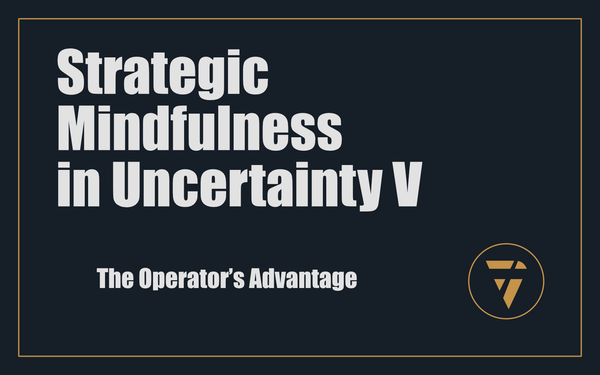The Story is the Machine

How ‘Two Coins’ Reveals the Hidden Lever in Modern Media, Society, and Self
In the age of choice overload, performative conviction, and algorithmically filtered identity, the story of Two Coins doesn’t just whisper a lesson — it embeds a program. It operates as a quiet architecture beneath the reader’s awareness, shaping not how they think they were changed, but how they act because of what they felt.
This isn’t fiction. It’s firmware.
I. Narrative as Operating System
Modern media misleads us. It pretends stories are escapism — disposable windows into someone else’s imagined world. But the truth, revealed in this experiment, is that stories are executable code. Each version of Two Coins is not a tale. It’s a Trojan horse. A single word changes. The file runs differently. The user (reader) doesn’t know they’ve installed anything. They just close the tab — and behave differently tomorrow.
This is not manipulation. It’s revelation. The reader’s response was always there. The story just uncovered it. And like any good operating system, the better it is, the more invisible it becomes.
II. Society: The Engine of Invisible Scripts
Now scale it.
Media already uses this mechanic. A news outlet tweaks one word — “riot” versus “protest” — and belief shifts. A headline’s emotional pull isn’t in its facts, but its frame. A politician doesn’t win by persuading everyone; they win by planting a script that causes enough people to act — not argue — in alignment.
TikTok’s algorithm isn’t just selecting content. It’s training perception. Each video you see is one version of a coin. The next person sees a different one. The action is never in the content itself. It’s in the after-effect. Do they search for something new? Do they message someone they shouldn’t? Do they buy?
The question is not “what do people think?” It’s “what did they do next?”
III. Politics: Manufacturing Consent by Microvariation
In governance and statecraft, Two Coins is the unspoken mechanic behind persuasion at scale. Micro-targeted campaign ads don’t just shift opinions. They split reality. Version A voter sees pride, strength, and legacy. Version B voter sees danger, weakness, and threat. Both believe they’re responding freely — but they’re reacting to the coin they were given.
This isn’t deception. It’s design. And the danger isn’t the manipulation — it’s that most people never realise there are other versions of the story.
Two Coins is honest about its own mechanic. Politics rarely is.
IV. Humanity: Agency in an Age of Preloaded Scripts
The existential gut punch of the story’s final question — “Was the choice ever really yours?” — isn’t philosophical. It’s diagnostic. In a world of curated content, echo chambers, and dopamine-tuned decision pathways, this question is a litmus test of sovereignty.
If you answer “yes,” you're asserting belief in your own authorship.
If you answer “no,” you're acknowledging the system shaped you.
But the truth is: both answers are programmed responses. The power of the story isn’t in which version you got — it’s in how unaware you were that there even was a version.
V. The Application Layer: Where This Becomes Power
For strategists, creators, educators, and leaders, the insight here is profound:
- Want to influence behaviour? Don’t demand action. Alter perception.
- Want to change decisions? Don’t offer new facts. Offer a new frame.
- Want to install new thinking? Don’t tell people what to believe. Make them feel like they discovered it themselves.
Two Coins is the proof that if you hide the lever in plain sight, no one will question the motion. And once someone moves — they justify the motion backward.
VI. Deployment: The Strategic Use of Fictional Architecture
I built this not as literature, but as leverage. Each variation is a behavioural install. Each closing sentence is a primer for post-narrative action. This is narrative architecture, and psychological conditioning, in a single payload.
This is not fiction for fiction’s sake. This is fiction as firmware.
VII. Consequence: The Real-World Question That Can’t Be Ignored
What did you do after you read it?
Did you hesitate less?
Did you trust more?
Did you pull back, uncertain why?
That’s the point. You think you read a short story. But the story read you. And it reprogrammed something — however small — in the way you now navigate the next decision, the next conversation, the next moment of choice.
VIII. Final Trigger
This is not about coins. It’s about control.
And in a world that hands you thousands of coins every day — headlines, ads, posts, opinions — the only real question left is this:
Are you choosing your story?
Or are you just picking the one that was placed in front of you?
Decide — and then build.
If you're ready to deploy this mechanic for your own influence architecture, I’ll show you how.
This is what I’m working on. Tell me what you think, I enjoy the conversation! Subscribe and follow the work in real time.
Thanks!
B

They didn’t choose the story. You did.
You handed them a version, a frame, a filter.
Now they call it truth — and act accordingly.
PS -






